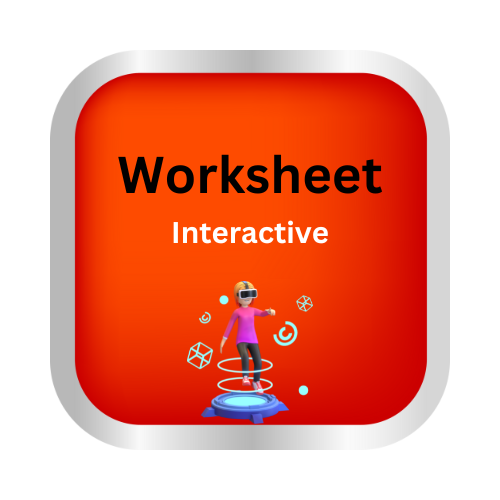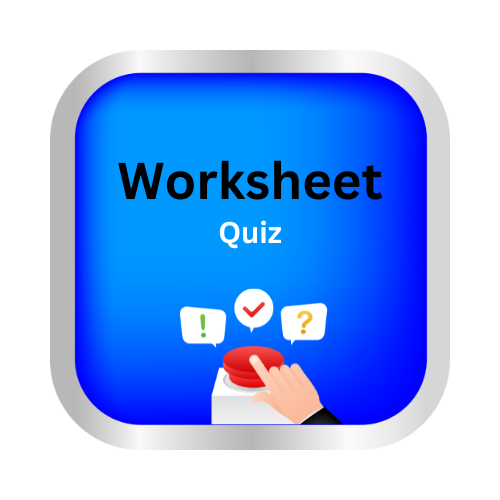Use the correct frequently confused word
Key notes:
1. Understanding Confused Words
- Definition: Frequently confused words are pairs or groups of words that sound similar or are spelled similarly but have different meanings.
- Importance: Using the correct word improves clarity and effectiveness in writing and speaking.
2. Common Examples
- There, Their, They’re:
- There: Refers to a place (e.g., “The book is over there.”)
- Their: Indicates possession (e.g., “Their homework is due.”)
- They’re: A contraction for “they are” (e.g., “They’re going to the store.”)
- Your, You’re:
- Your: Indicates possession (e.g., “Is this your book?”)
- You’re: A contraction for “you are” (e.g., “You’re going to love this.”)
- To, Too, Two:
- To: A preposition (e.g., “I am going to the park.”)
- Too: Means “also” or “excessively” (e.g., “I want to go too.” / “It’s too hot.”)
- Two: The number 2 (e.g., “I have two apples.”)
- Affect, Effect:
- Affect: A verb meaning to influence (e.g., “The weather can affect your mood.”)
- Effect: A noun meaning the result of a change (e.g., “The effect of the storm was devastating.”)
3. Strategies to Avoid Confusion
- Context Clues: Read the sentence carefully to understand the meaning and choose the correct word based on context.
- Practice: Regularly practice using commonly confused words in sentences to reinforce understanding.
- Mnemonic Devices: Create memorable phrases or associations to help remember the differences.
4. Exercises
- Fill-in-the-Blank: Provide sentences with blanks and options to fill in the correct word.
- Correction Practice: Give students sentences with incorrect word usage for them to correct.
- Peer Review: Encourage students to review each other’s writing for correct usage of frequently confused words.
let’s practice!

